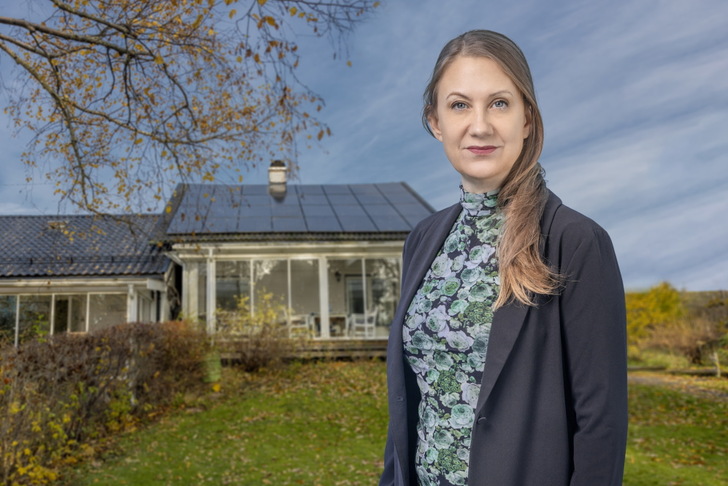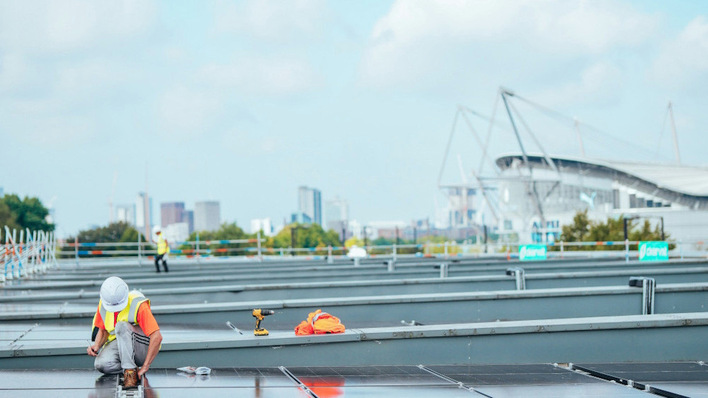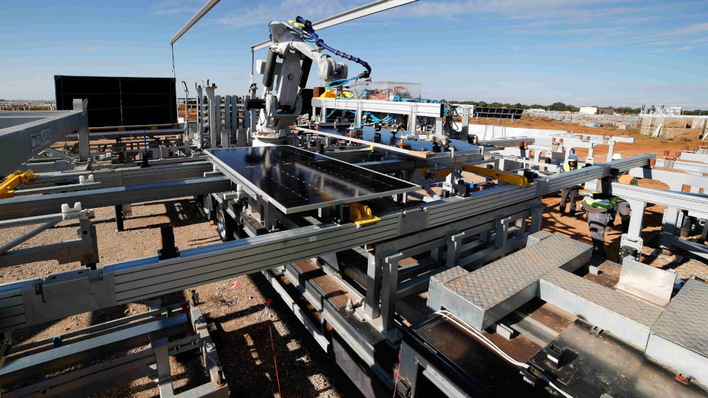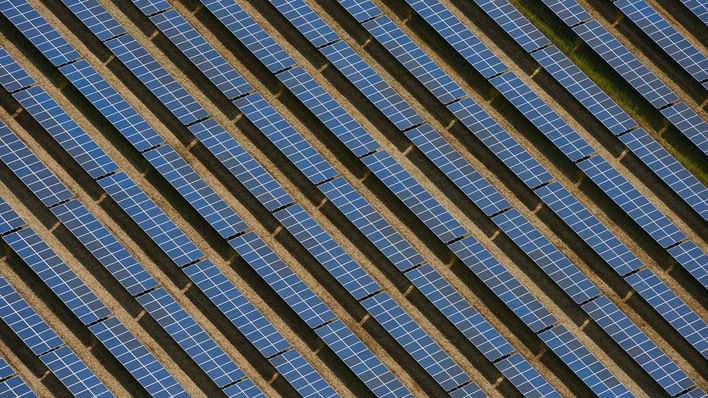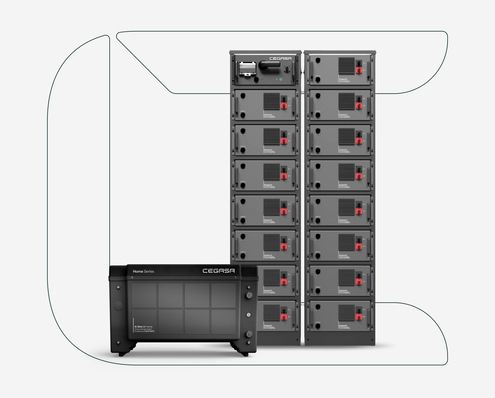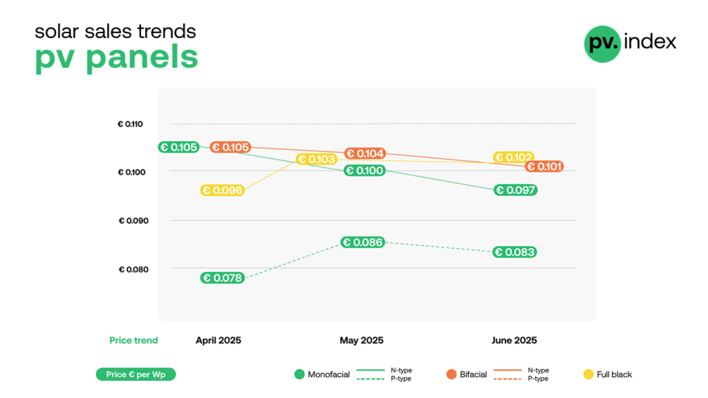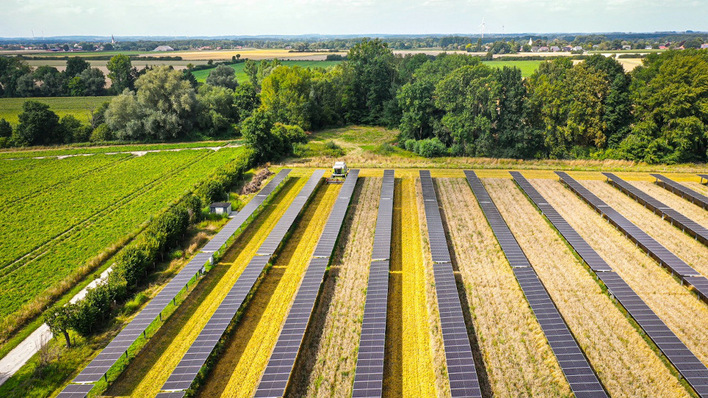For this, they have been granted a deduction of almost 2 billion for investments in charging boxes, batteries and solar systems, which help them to reduce their energy costs. This is according to statistics from the Swedish Tax Agency on the first 18 months of the green deduction, compiled by Svensk Solenergi.
Recent high electricity and fuel prices have led to an increased interest in green technology among small homeowners. The green deduction strengthens the resilience of small homeowners to high energy prices and helps households both in the short and long term, unlike a general electricity price subsidy that only provides temporary relief, says Anna Werner, CEO of Svensk Solenergi.
Most investments in PV installations – strong increase for batteries
About half of the granted deduction, 49 percent, has gone to the installation of charging boxes, while 43 percent of the deduction has gone to solar PV installations. However, PV installations are the category where small house owners have invested the most of their own money. A total of EUR 5.9 billion has been invested in photovoltaic installations, compared to EUR 2 billion for charging boxes.
Only 8% of the allowance granted has gone to battery installations, but batteries are the category with the largest relative increase. In the first half of this year, 3,100 battery installations were deducted. This is 40 per cent more than in the whole of 2021, and a total of SEK 320 million has now been invested in batteries under the green deduction.
Did you miss that? Sweden: Awarded Villa Zero
The statistics also show that the average price of installing batteries has fallen, while the price of installed PV systems has risen slightly. At the same time, the price of charging boxes is relatively stable compared to 2021.
The municipality with the highest green technology allowance per inhabitant in the first half of 2022 is Habo in Västergötland. Habo residents were granted an average of SEK 291 in deductions per inhabitant, which compares with the national average of SEK 91. Sörmländska Gnesta is the municipality where residents have used the deduction most frequently since it was introduced in January 2021, with a total of SEK 759 per inhabitant, of which SEK 274 has been granted this year.
Introduce the concept of energy communities into Swedish law
Halland is the county where the highest deduction has been used during all three six-month periods in which the deduction has been in place. In total, the inhabitants of Halland have been granted SEK 343 per inhabitant on average, of which SEK 164 per inhabitant this year.
The municipality south of Västerbotten that has used the lowest deduction per inhabitant is Solna. Although half of all owners of small houses in the municipality have taken the green technology deduction, this corresponds to only 0.3% of the population.
All those who rent their home or live in a condominium are disadvantaged by the current tax rules, as they cannot use the green deduction. We want to see the concept of energy communities introduced into Swedish law, just as the EU has decided. Both physical and virtual energy communities are needed so that people who do not currently own a property can participate in the energy transition,' says Anna Werner.
The full summary of the green technology allowance can be found on the website of Svensk Solenergi. (hcn)
Also interesting: Sweden: Solar park growth of 141 percent


